What if we think of plants as treasures growing in our cities? And how would we go about making these treasure discoverable? Mapping Edges presented a reflection on these questions at the TeachMeet The Future Starts Now organised by Dr Jane Hunter at UTS LX.lab on 24 October 2019. The TeachMeet brought together researchers and teachers to think about the possibilities of gamification, games and AI. We proposed a small and slow (and definitely not AI, but rather hinting at PI, plant intelligence) method based on our Marrickville Walks project.
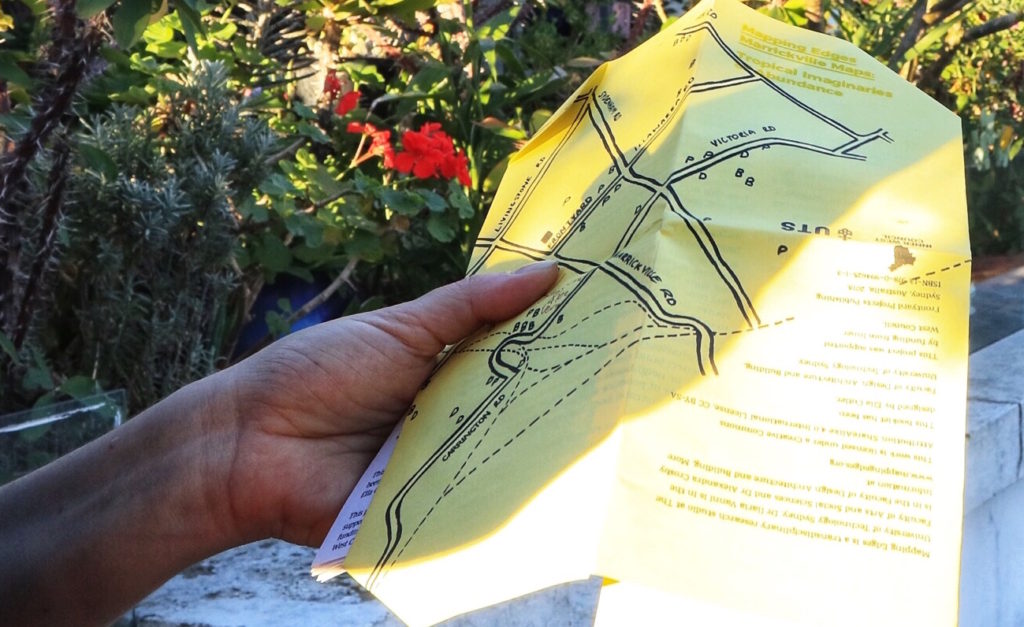
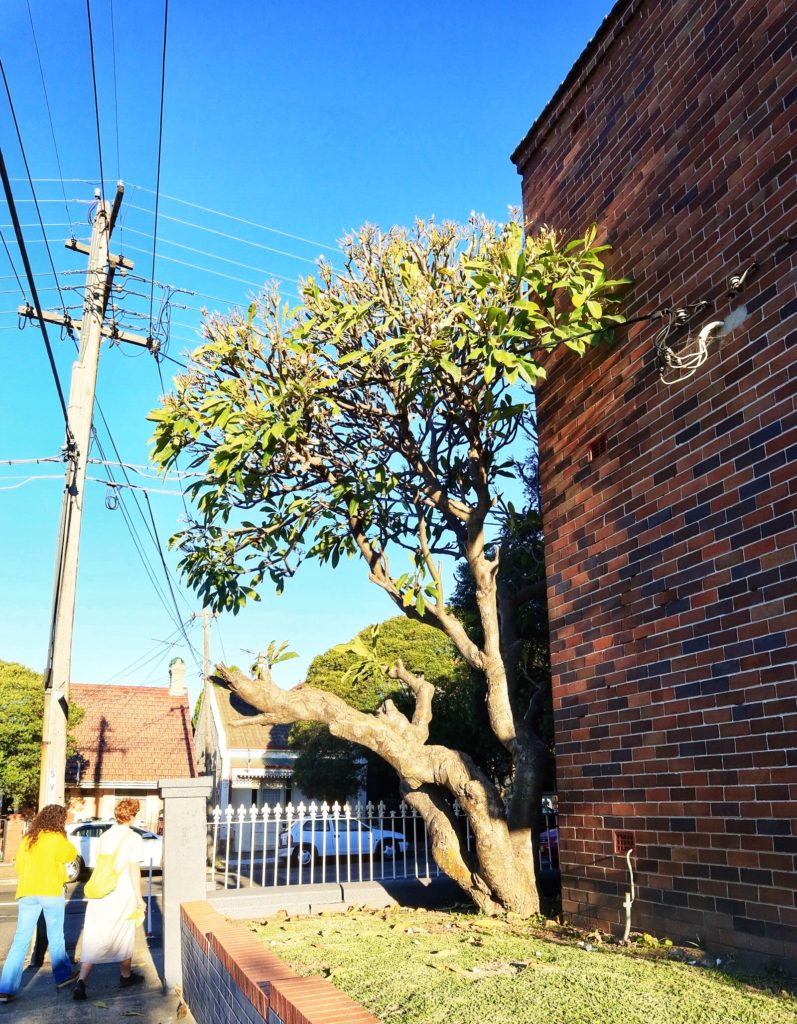
Why
Our starting point was that by paying attention to plants we generate visual routes to re-enchant our connection with nature and place. We think this planty enchantment is important because there is a connection between how we look at and perceive our environment and how we treat it.
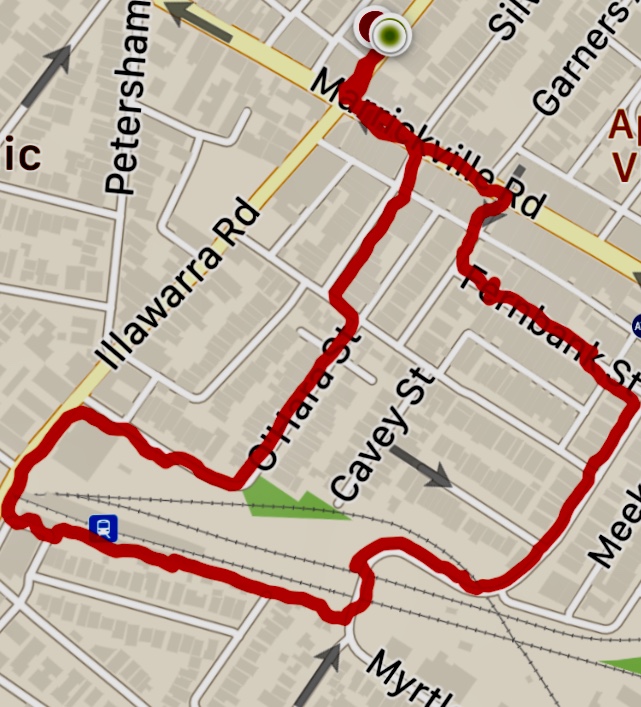
How
We then explained how we walk, using apps like Map My Walk to record all our movements. In a second stage this digital map becomes a material object, a map that folds into a pouch holding three books with snippets of plant stories we collected from gardeners, and that unfolds and reveals a simplified street route, and a key to locate bananas, papayas and dragon fruit along the way.
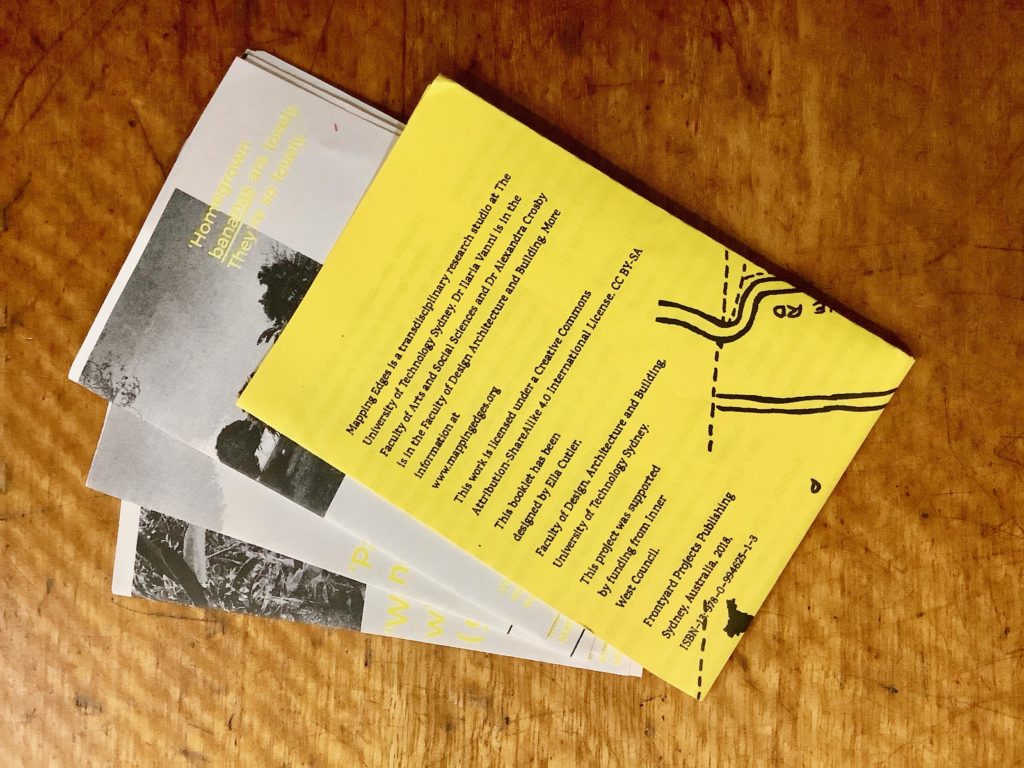
We described how we invite our co-walkers to discover treasures that grow on edges. And also to notice how humans take care of plants and design with and for them, and in turn how plants themselves design our urban spaces.
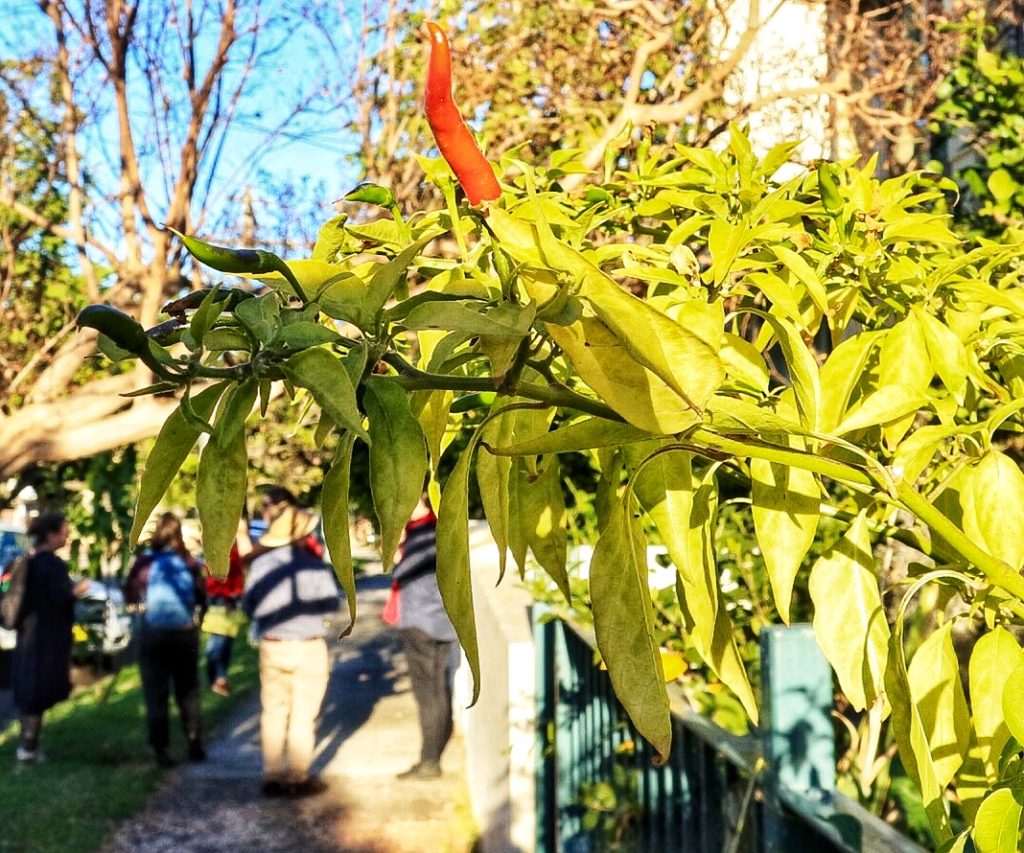
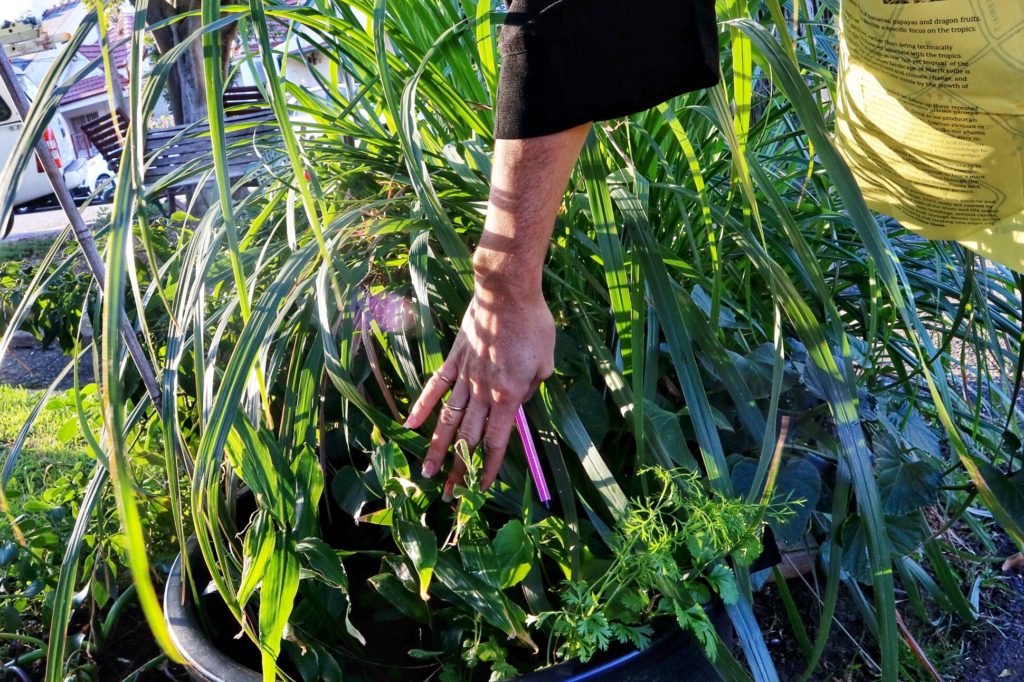
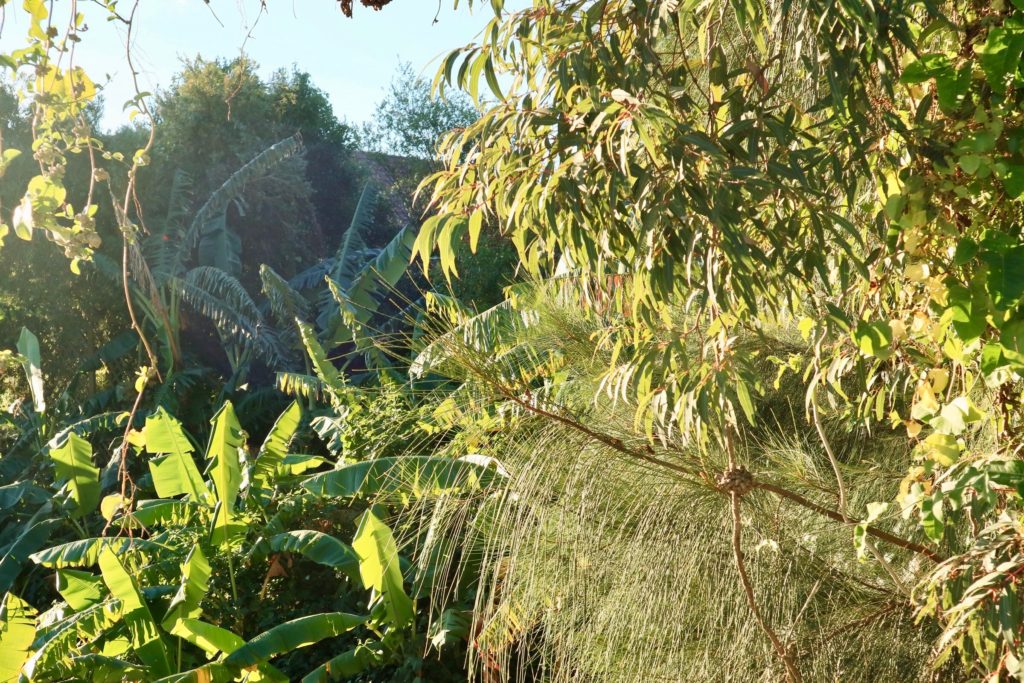
The next step is to ask our co-walkers to add to the map their own breakthroughs and share their findings. We all learn from each other.

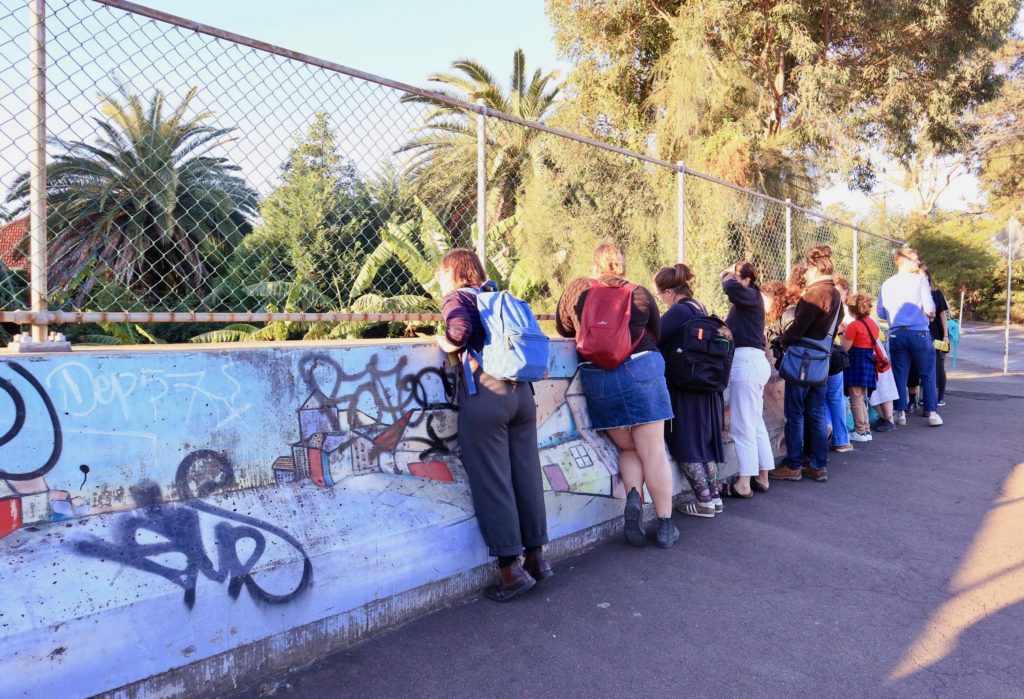
We had realised from our walks that these planty maps and walks generate a sense of shared discovery and wonder. Like in a treasure hunt.
What
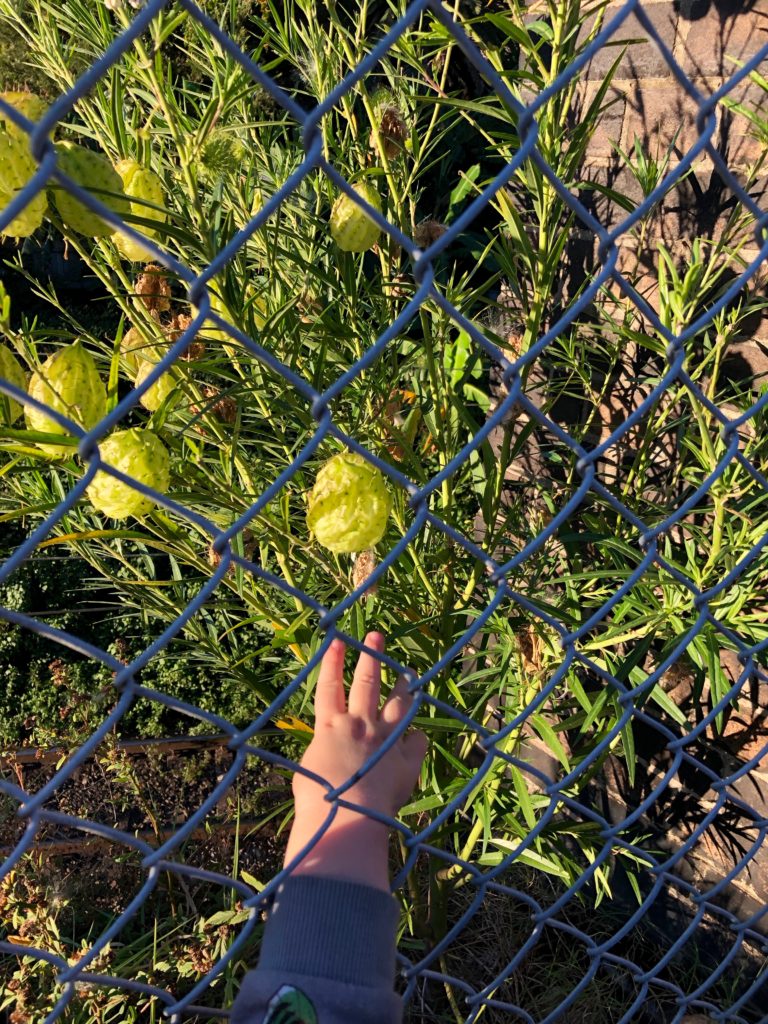
The result is a collective map, where plants create a tropical imaginary.
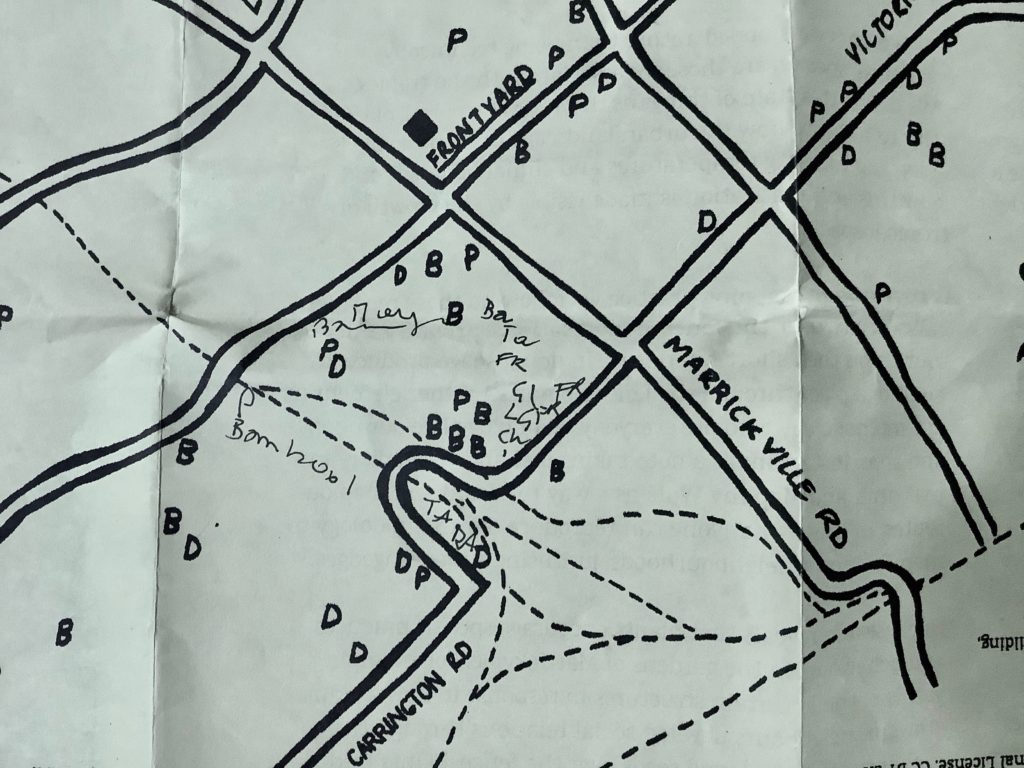
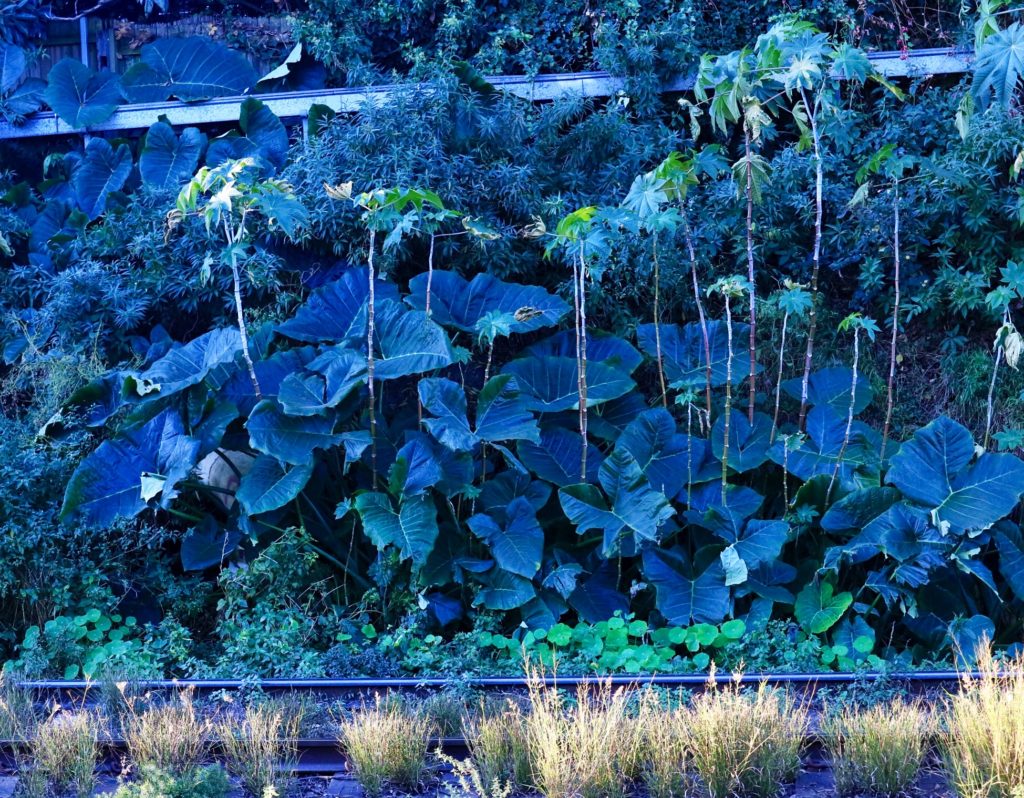

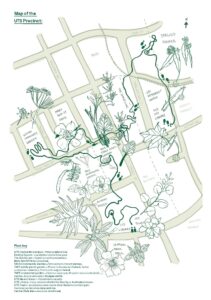
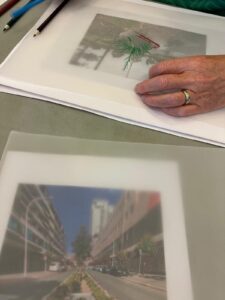
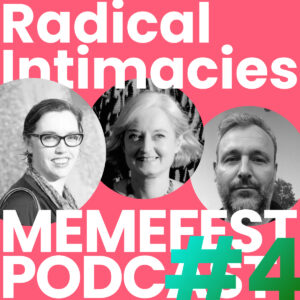
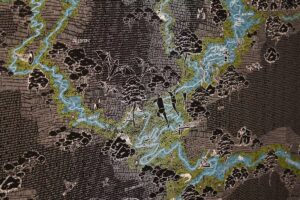
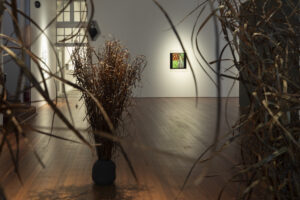
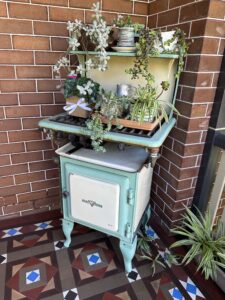
0 Comments